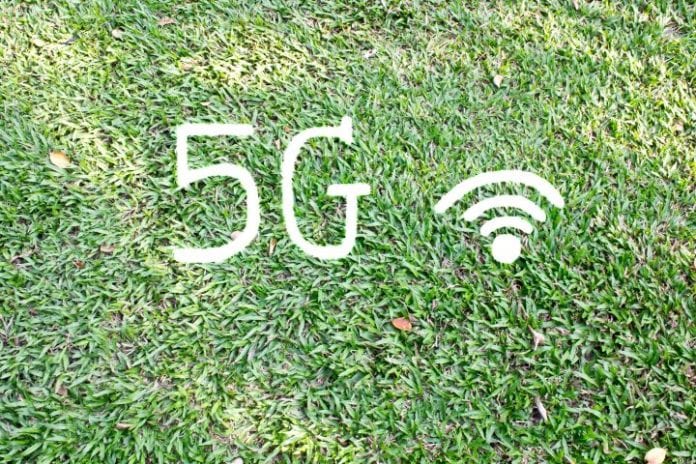One of the main goals for the next generation in wireless mobile communications, or 5G, is to maximize capacity. Not only will we continue to see ongoing improvement in data connection rates, but also new advances in making the most of finite spectrum resources. Given the exponential increases in demand for spectrum, 5G presents more challenges than simply relying on Moore’s Law-like growth to magically increase the download speeds of our video-streaming services.
In addition to serving growing numbers of mobile users, 5G must also accommodate a tsunami of connected, low-power, internet of things (IoT) devices, while maintaining network reliability, improving security, and keeping network costs under control. Leveraging 5G benefits will require a series of tradeoff decisions to balance the needs of mission-critical applications such as healthcare, defense, and self-driving cars with these ever-increasing demands for network capacity.
To fully leverage 5G, we’ll have to do more with existing spectrum under 6 GHz and attack the technical challenges associated with newly-available high frequency spectrum over 6 GHz, also called millimeter-wave, or mmWave. This spectrum offers tantalizingly large swaths of bandwidth, but taking advantage of it will require new approaches.
Millimeter-wave communications are currently used for the fixed links between cell towers, called backhaul. These systems often have fixed antenna dishes pointing at each other and are highly regulated to avoid interference between links. Dishes don’t make sense in a 5G world, where everyone is on the go and antennas need to be tiny so they can be integrated into mobile phones and other gadgets.
Technologies which were recently only relevant to military applications will need to be leveraged to make mmWave useful for everyday mobile users. These new approaches to maximizing available spectrum include digital beamforming to electronically steer communication beams and space-time-adaptive processing (STAP) to overcome challenging RF channel conditions. As existing LTE cellular bands continue to mature, dynamic band balancing and integration with legacy infrastructure will be essential.
While it hasn’t yet seen wide commercial adoption, the latest 802.11ad WiGig style of Wi-Fi already operates in the 60 GHz mmWave band. It embodies new advances required by 5G, such as digital beam-steering, and it provides a good technical foundation and starting point for meeting some aspects of the 5G standard.
There is also much more that could be leveraged by creating more intelligent and predictive networking software. Pushing analytics and learning algorithms into the cellular network will help to maximize the benefits and utility of 5G. These kinds of technological advances, built on existing solutions and expertise in RF networking, phased-array antennas, signal processing, and advanced software capabilities, will be necessary to achieve the desired benefits of 5G networks.

